Serbia year 2002 stamps Folk Costumes – full set MNH**
During the time of the Yugoslavia the country was composed of Bosnia and Herzegovina, Croatia, Montenegro, Macedonia, Serbia, and Slovenia. The population comprised various South Slavic peoples who spoke Slovenian, Croatian, Serbian, or Macedonian, with two alphabets, Roman and Cyrillic, and three major religions: Roman Catholicism, Serbian or Macedonian Orthodox Church, and Islam. Additionally, there were non-Slavic populations including Albanians, Hungarians, Romanians, and Turkish peoples.
Regional costumes in the former Yugoslavia were influenced by factors such as social status, marriage status, age, season, and interaction with other countries. Sumptuary laws initially limited costume designs, but with their lifting, rural clothing became more elaborate and distinctive, reflecting geographical isolation. Despite political boundaries, each village had its own distinct customs and costume.
Traditional costumes were generally made of linen or wool, though store-bought cloth replaced handwoven fabric. Changes in technology introduced new materials and dyes, and commercialization led to new fashionable motifs in embroidery. Costumes varied in color, embellishment, and design, ranging from monochromatic to colorful, and plain to heavily embroidered.
Women’s Costume: Women’s costumes typically included ankle-length shirts, skirts, aprons, overcoats, belts, leggings, soft leather shoes, and various headdresses. Hairstyles, accessories, and jewelry varied based on location, marital status, and age, with clothing often serving as a young girl’s dowry.
Men’s Costume: Men’s costumes consisted of trousers, belts, leggings, stockings, soft leather shoes, and various layers of waistcoats and coats, often heavily embroidered or adorned with metal thread. Head coverings included caps and fezzes, with belts featuring pouches for smoking implements and weapons on special occasions.
Embroidery and Motifs: Embroidery and motifs on clothing and household linens were usually geometric or Turkish-influenced floral patterns, using colors like bright red, white, violet, and metallic threads like silver and gold. Symbols included triangles, zigzags, rhomboids, labyrinths, crescents, circles, stars, crosses, and stylized motifs from the animal world.

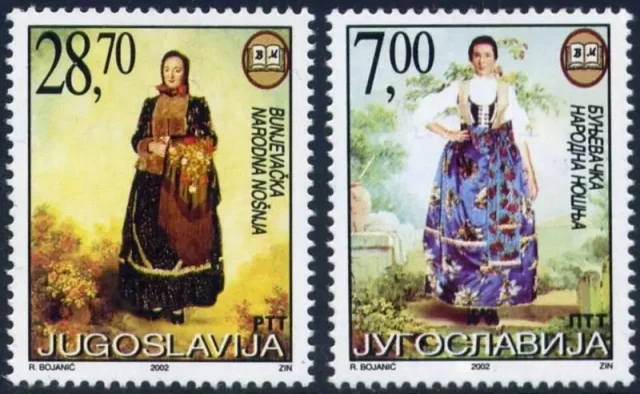
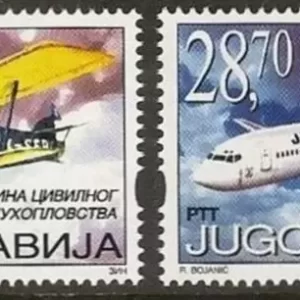
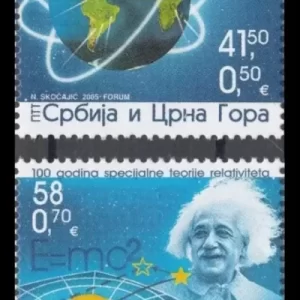
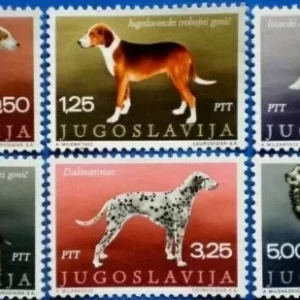



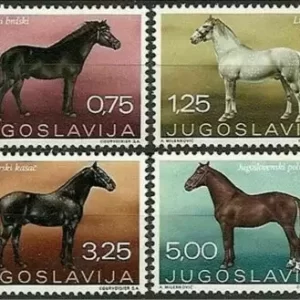
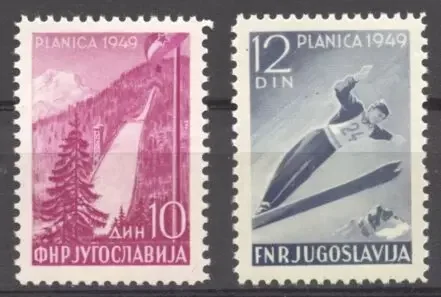
Reviews
There are no reviews yet.